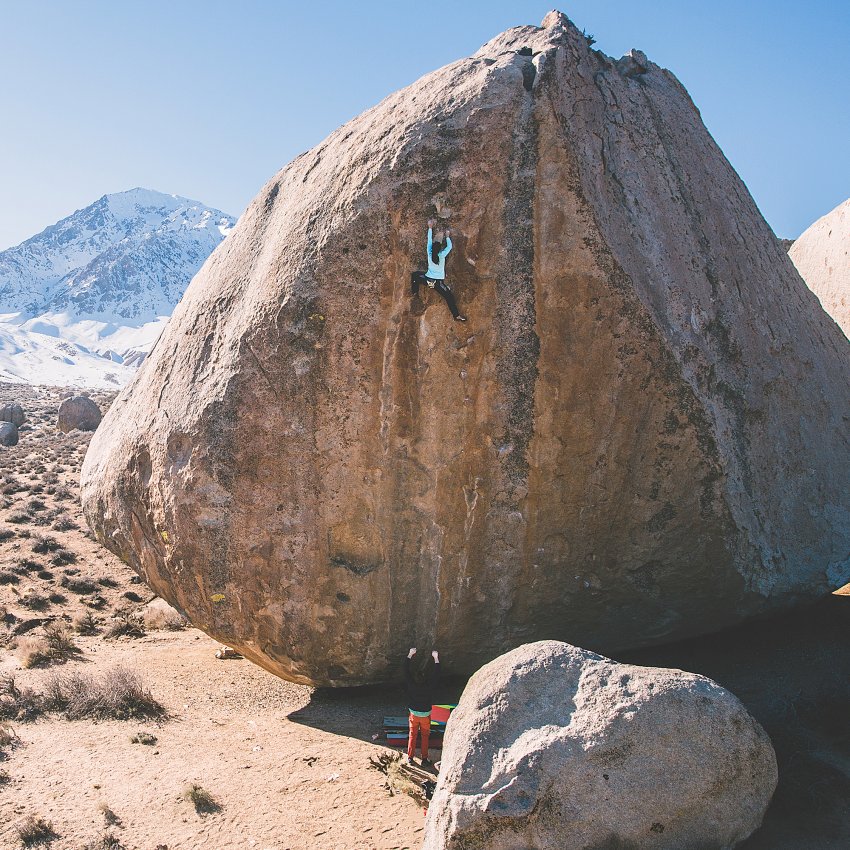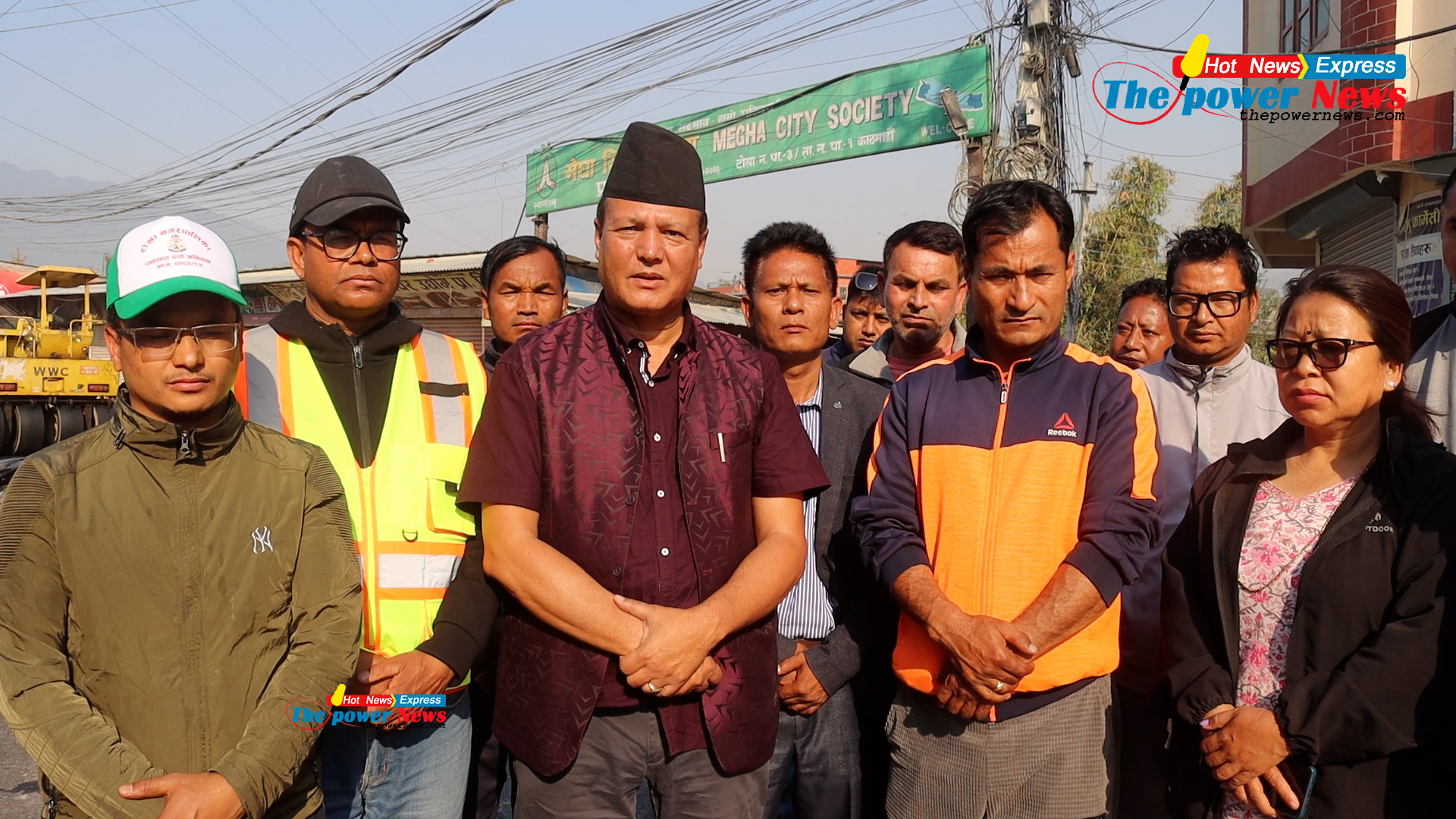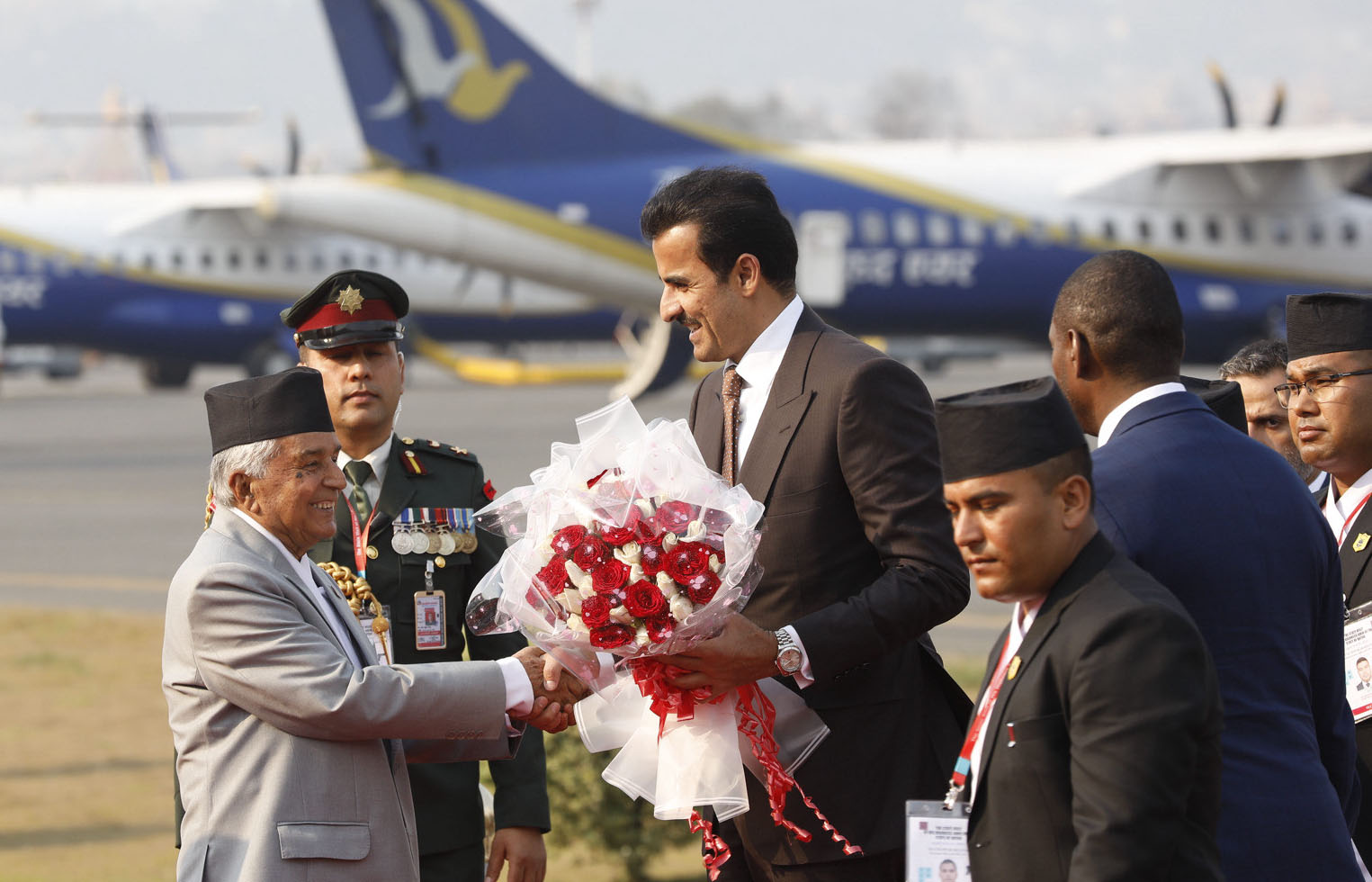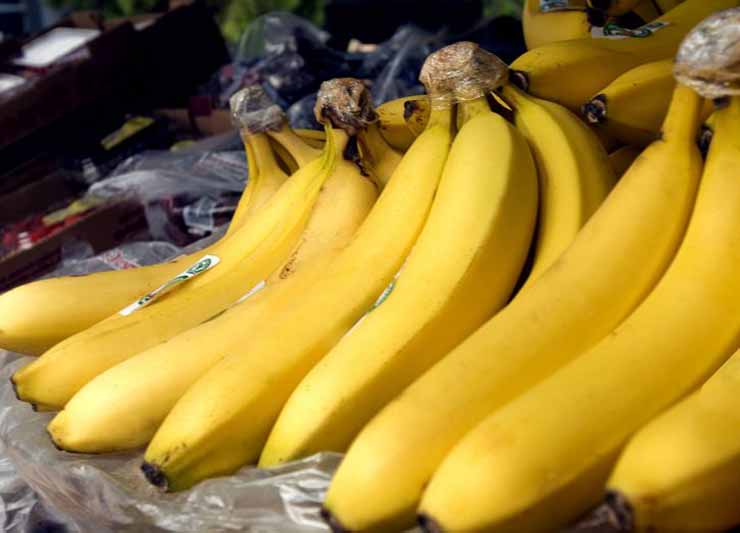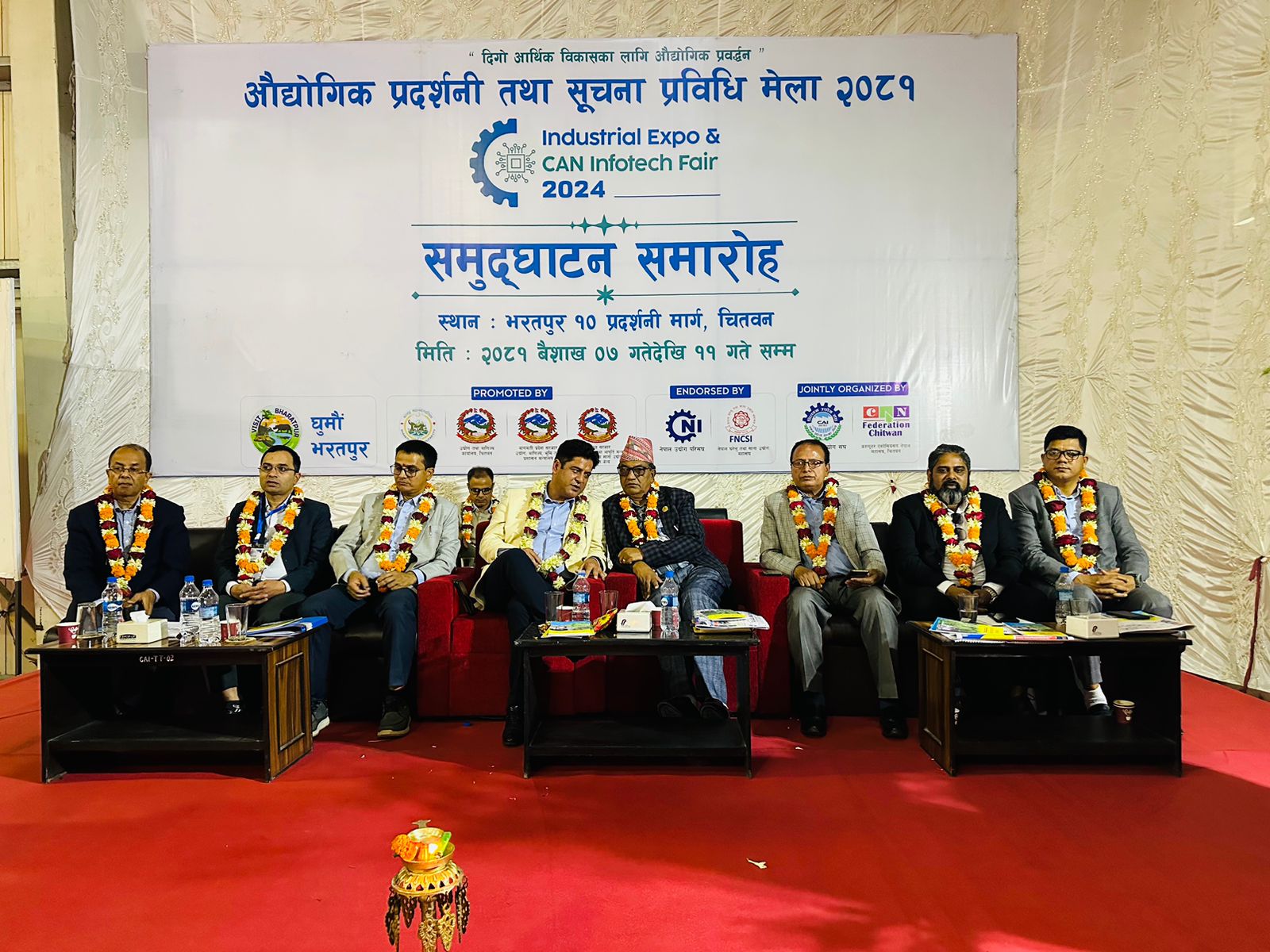There’s more than one way to the top. For a young Nina Williams, her intense desire to succeed as a climber—and fear of failure—nearly derailed her budding career. Back when she was 14, the ultra-competitive Williams forged a signature saying she’d completed a climb during a national qualifying bouldering competition. She got away with it, and kept forging, until several months later, when she finally got caught and was subsequently banned from competitions for a year. The shame was excruciating for a young climber who thrived on praise, but it also motivated her to come back stronger than ever. In the years since, Williams has quickly developed into one of the world’s best highball boulderers, meaning she specializes in climbing giant boulders with big consequences if she were to fall.
I started climbing at age 12, when my mom was like “Choose one activity. I can’t afford to keep driving you around all the time.”
I was naturally good at climbing right off the bat. I got to go into a gym with different puzzles to figure out. It was a different outlet for my energy, and people gave me all of this external validation. In the beginning, I loved climbing because someone else thought I was good at it.
Climbing made me feel strong. I knew I was strong because I could pull myself up the wall.
Going to nationals was this magical thing in my mind, but at regionals I didn’t have the confidence to think I could make it. You had to climb five routes and have two peers sign off on each problem. I snuck into a bathroom and forged initials. I didn’t get caught; they accepted the scorecard. When I later got caught, I had to write apology letters to several different groups. I was in a dark place, but I got back into climbing as fast as I could.
Looking back, if that hadn’t happened, I wouldn’t be the climber I am today.
Fast-forward to 2017, when Williams gained national recognition after becoming the first female to send Ambrosia, an iconic 55-foot, V11 route on the largest boulder in the Buttermilks, near Bishop, California. Nowadays, Williams is still chasing many of the world’s hardest bouldering routes and starting to think about multi-pitch climbs in spots like Yosemite. She also continues to grapple with her need for praise, working hard to ensure that she climbs for herself instead of anyone else.
I stayed on the team until I aged out, went to college, and stopped climbing for a bit. But I missed it. I felt really sad. I got back into it as fast as I could.
I’d cut pictures out of the climbing magazines that I got—Dave Graham, Chris Sharma, Alex Puccio—not knowing that some would become my best friends later on.
In climbing, you not only get to be outside, but also have a support system and a community. No matter where you are in the world, those people will understand you.
Everyone climbs for a different reason, everyone for different experiences. But we’re all connected by being able to move our bodies in the way and direction that we want.
There are times in our lives when we feel directionless. But if you climb, at least you can control your body up a wall. It may be so small and insignificant, but we can climb up a wall.

I moved from the East Coast to Greeley, Colorado, in 2010. Then from Greeley to Boulder in 2013. Moving to Boulder really impacted my climbing. Everyone there is motivated not just to climb for fun, but for performance. I hadn’t revisited that concept since my younger climbing days. But training and seeing noticeable gains in my climbing reawakened my competitive side.
I’ve primarily bouldered my whole climbing life. I’ve started highball bouldering—the really tall stuff—within the past five years.
I got into highballs because they’re dangerous and exciting. It requires a different skill set—a mental strength that I hadn’t yet honed. The point is to achieve that perfect flow state, but in order to achieve it, you have to go through the jarring, erratic uncertainties first.
Highballing is a subcategory of bouldering. It’s something people do on the side of bouldering. There is a small, small group that pursues highballing.
My first highball was V9 Footprints. It’s on the first boulder you see from the road going into the Buttermilks. I’d seen a picture and it looks really tall and scary. The hardest part is a move near the ground, with another 35 feet of 5.10 climbing. But when I saw it in person, it wasn’t as tall and scary as I had made it out to be.

